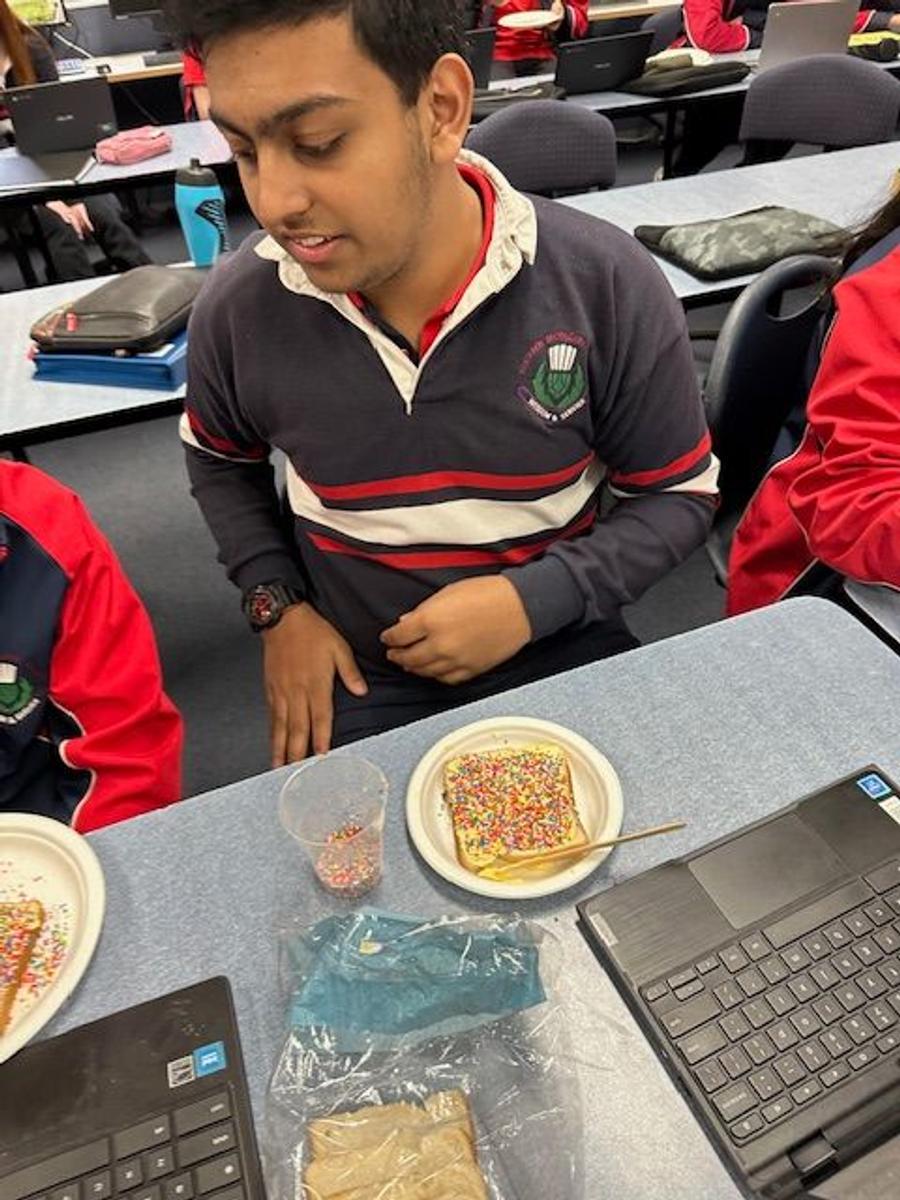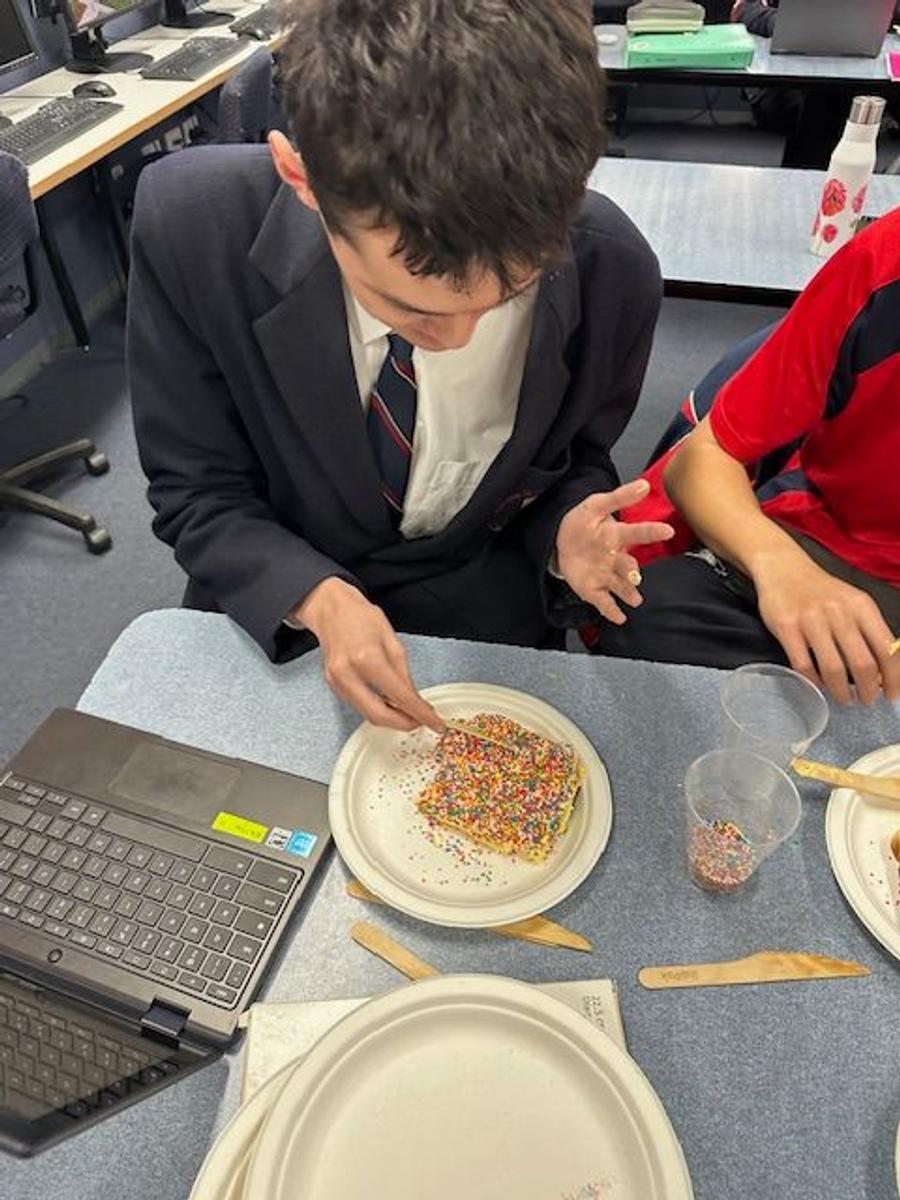ICT

YEAR 10 INFORMATION SYSTEMS: TERM 3
Students in Information Systems this term have been learning how to convert decimal numbers into Binary and Hexadecimal, then being able to represent these in ASCII to represent all the characters on a keyboard. The topic we are currently working on is algorithms, where students learn how to create sequences to help them with their coding by creating flowcharts and pseudocode with some hands-on activities like tying a shoelace.
Here is what some of the students have said about 10ISY so far:
Choosing Information Systems as an elective subject for this semester was undeniably an excellent decision, as it has opened up many digital opportunities and learning experiences.
We started the semester by delving into Binary and Hexadecimal code and systems and learnt how machines and computers interpret simple things like numbers and words. The transition to ASCII codes provided insight into how computers interpret text and translate the letters, symbols, and characters we use daily into data they can understand and use. A test at the end of this unit solidified our grasp of these foundational concepts, ensuring we had a strong base upon which to build.
Recently, we started working on and learning about Algorithms, a crucial component in computing. We began by creating simple algorithms, working on challenging riddles and doing routine activities like tying shoelaces and making simple foods. One of the processes we had to develop an algorithm for was making Fairy Bread, which we also had a hands-on activity in class. It was a delightful experience, as it offered a practical application of these concepts in a fun and interactive way. Some of the processes ended up differently than we wanted them to, which gave us aspects to gain inspiration from and improve. Following the algorithmic process of creating the snack, we could see firsthand how detailed and precise instructions are essential in programming.
Overall, this elective has been an enjoyable experience and has provided invaluable insights into the workings of technology, offering knowledge and skills that will benefit any future digital endeavours.
Ria Anand, Year 10
So far this semester, I've learned how to convert from Binary to Decimal, Decimal to Hexadecimal, Hexadecimal to Binary and vice versa. Then, we learned about flowcharts and the different shapes representing terminators and processes. Pseudocode is also used to help coders reference a universal language and translate it to their programming language. So far, the syllabus has been exciting and interesting.
Nathan Ho, Year 10
I have gained more knowledge across the term. I have learnt a lot, especially about binary, hexadecimal and decimal. But I realise the algorithm is the most crucial part and can impact our daily life, and a wrong order can lead to disaster, just like what happened in the fairy bread, too many sprinkles and fun. Learning these basic coding stuff can also build up the structure of the future world. Throughout the term, I have also learned about teamwork; sometimes, a little help can lead to success.
Anson Ma, Year 10
So far, we have learned about the conversions between Decimal, Binary and Hexadecimal. We have also learned how to create effective flowcharts. This was tested during our 'fairy bread' task, where we made fairy bread by following our peers' flowcharts, making us understand the importance of accurate flowchart making. The tasks have been very engaging, and I have learned much in this subject.
Joshua Golembo, Year 10
Students will move on to study Programming in Python using GROK Learning at a Level appropriate to their prior learning.
Mr Russo
ICT and Information Systems Teacher














